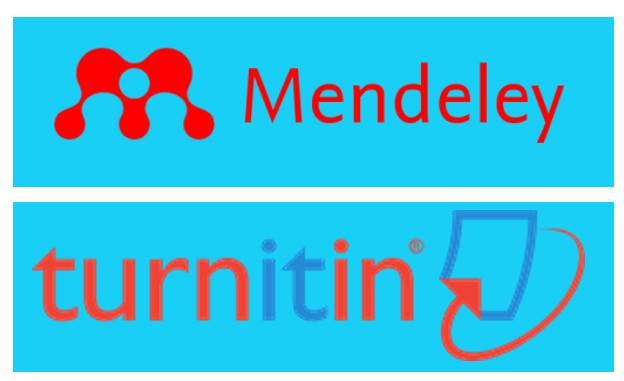Final Consonant Clusters in Azeri Turkish
DOI:
https://doi.org/10.32734/vxh60m12Keywords:
Consonant cluster, Azeri Turkish, Phonotactics, Syllable, CodaAbstract
This article focuses on the analysis of final consonant clusters in Azeri. By consulting two Turkish-Persian dictionaries containing over 100,000 words, the study identifies words with consonant clusters in their syllable structure, specifically (C)VCC or CVCVCC. The research addresses two main questions: the composition of consonant clusters in a syllable coda and the vowels used as the nucleus in (C)VCC structures in Azeri. The data reveals that /æ/ is the predominant vowel in the nucleus of (C)VCC syllables, while /r/ emerges as the most common initial consonant in final clusters. Notably, /t/ is frequently found in post-final positions within the coda. Key findings include the prevalence of /æ/ as the primary vowel in (C)VCC syllables, with /ɑ/, /i/, and /y/ following. Loanwords predominantly feature /e/ in conjunction with /j/ clusters, while /œ/ and /e/ are less prevalent as nucleus vowels. Consonant clusters like /r/, /l/, and /n exhibit versatility with various vowels, whereas other clusters are more selective. The study underscores the unique order of consonant occurrence and combination in the final cluster of (C)VCC syllables in Azeri, highlighting /æ/ as the most active nucleus vowel. Additionally, it emphasizes the mutual relationship between the nucleus and coda in (C)VCC syllables.
Downloads
References
Behzadi, B. (2003). Azerbaijani – Persian Dictionary, Tehran: Farhan Moaser publishers.
Catford, J. (1988). A practical introduction to phonetics, Oxford: Clarendon Press.
Dashkin, A. (2002). Turkish- Farsi Dictionary, Tabriz: Akhtar Publishers.
Deguchi, M (2008). Consonant Cluster Alternations in Pawnee: An Optimality Account. Kansas Working Papers in Linguistics, 30, 40-50.
Falk, J. (1978). Linguistics and language, John Wiley and Sons Inc.
Farzaneh, M, A. (1992). Foundations of Azeri grammar (Sounds and words), Vol1, Tabriz: Keyhan Publishers.
Hyman, L. (2004). Phonology: Theory and analysis, Translated into Persian by Y. Samareh, Tehran: Alhoda publishers.
Kambuziya, A, K, Z. (2003). “The formation of hypocoristics in English”. Journal of Persian Language and Literature University of Sistan and Balouchestan, Vol 1. pp. 123-130.
Kambuziya. A, K, Z. S, H, Razavian, (2005). “A number of phonological processes of Bijar Turkish”, Language and Linguistics, Vol. 2, pp. 89-103.
Katamba, F. (1993). Morphology, London, Macmilian Press.
Kenstowicz, M. (1994). Phonology in generative grammar, Oxford: Blackwell Publishers.
Lass, R. (1998). Phonology, Cambridge University Press, New York.
Másdóttir T, McLeod S, Crowe K. (2021). Icelandic Children's Acquisition of Consonants and Consonant Clusters. J Speech Lang Hear Res. 64(5):1490-1502.
Maryami, M. (1995). A contrastive study of Azerbaijani Turkish and Persian sound system, M.A. dissertation, linguistics Tarbiat Modarres University.
Öztaner, S, M. (1996). A word grammar of Turkish with morphophonemic rules, M.A. dissertation, The Middle East Technical University.
Reza’i Baghbidi, H. (2001). An introduction to the languages and dialects of Iran, Iranian Academy of Persian language and literature.
Samareh, Y. (1999). Phonetics of Persian, Tehran, Iran University Press.
Samareh, Y. (1977a). The arrangement of segmental phonemes in Farsi, Tehran, Tehran University Press.
Samareh, Y. (1977b). A course in colloquial Persian, Tehran. Tehran University Press.
Wulfert S, Auer P, Hanulíková A. (2022). Speech Errors in the Production of Initial Consonant Clusters: The Roles of Frequency and Sonority. J Speech Lang Hear Res.65(10):3709-3729.
Zolfaghari Serish, M. (2004). Phonological analysis of consonant clusters in Persian. M.A. dissertation, Tarbiat Modarres University.
http://en. Wikipedia. Org/wiki/Azerbaijani language 29.3.2006.
http://en.Wikipedia.org/wiki/Turkish language.23.3.2006.
Downloads
Published
Issue
Section
License
Copyright (c) 2024 Dr. Hossein Razavian, Dr. Omid Ghalkhani (Author)

This work is licensed under a Creative Commons Attribution 4.0 International License.
- Authors agree to publish their work under the Creative Commons Attribution 4.0 International (CC BY 4.0) license.
- Authors retain copyright to their work and may reuse or distribute it.
- HUMANIOLA reserves the right to request revisions and make final publication decisions.
- Authors are responsible for ensuring that their work does not infringe upon third-party copyrights.
- Archiving in digital repositories may be done for long-term access and preservation.






